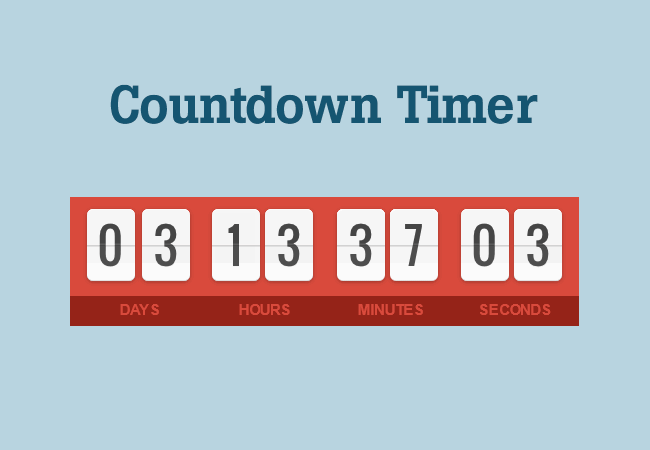Increase email conversion with Countdowns

Did you know that you can prevent your emails from fading into oblivion by creating a sense of urgency with a countdown that updates in real time?
How many times have you saved an email to see it later and ended up forgetting all about it? Don't let this happen with the emails you send to your database users. Each email is an opportunity for conversion, but if the strategy is not well thought out, it can be abandoned in the inbox of our customers.
As we said, we can prevent our emails from being ignored by creating a sense of urgency by creating a countdown that is updated every time the user opens the email. Temporary promotions work, but sometimes we are not aware that a promotion is about to end and with it a great opportunity. In this case, countdowns are a very visual solution that motivates and encourages immediate purchase through this channel. If we know how to place it in the right email, it can increase conversion rates by an incredible 400%.
Among its main advantages, we would highlight the following:
- It creates urgency: A countdown creates a sense of urgency, and urgency has been proven to be an effective technique for increasing sales and conversions.
- It drives the purchase: It limits time in the purchase decision and triggers impulse buying due to time constraints.
- Improve CTR: As a consequence of the two previous advantages, the number of clicks skyrockets. The user wants to know more about the promotion or the discounted product.
- Increases ROI: Thanks to the urgency and impulsiveness of the purchase decision, more conversions are created, increasing ROI.
But how do countdowns work?

The countdowns are simply a gif that shows a countdown and is updated every time the email is opened. So when the countdown reaches zero, the offer or promotion comes to an end.
There are different providers who host the gif on their servers and constantly update it so that the countdown is always correct. CountdownMail y MotionMail are two good examples of companies working with this technology.
Here are two examples so that you can see in which contexts they can be used:

